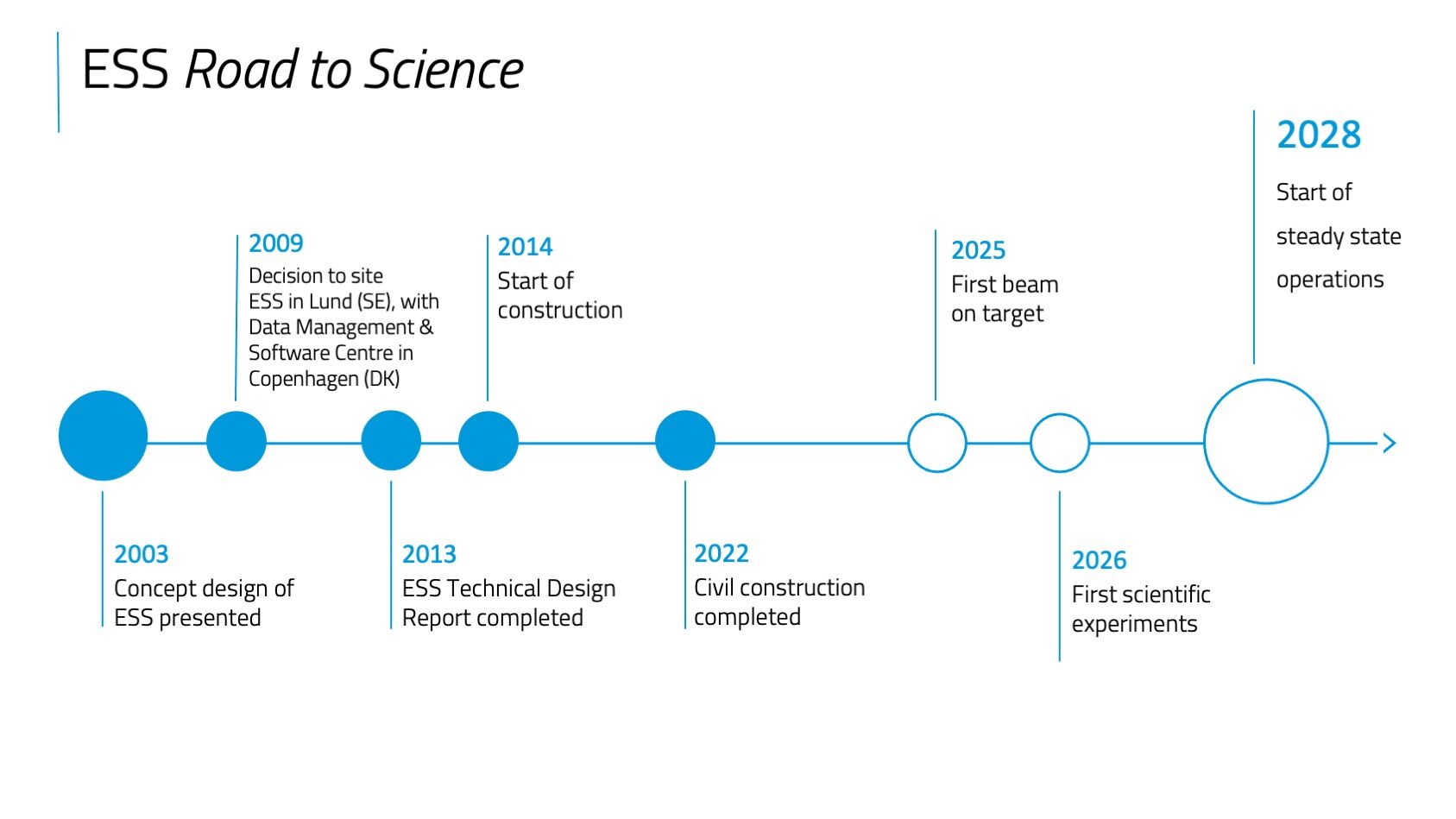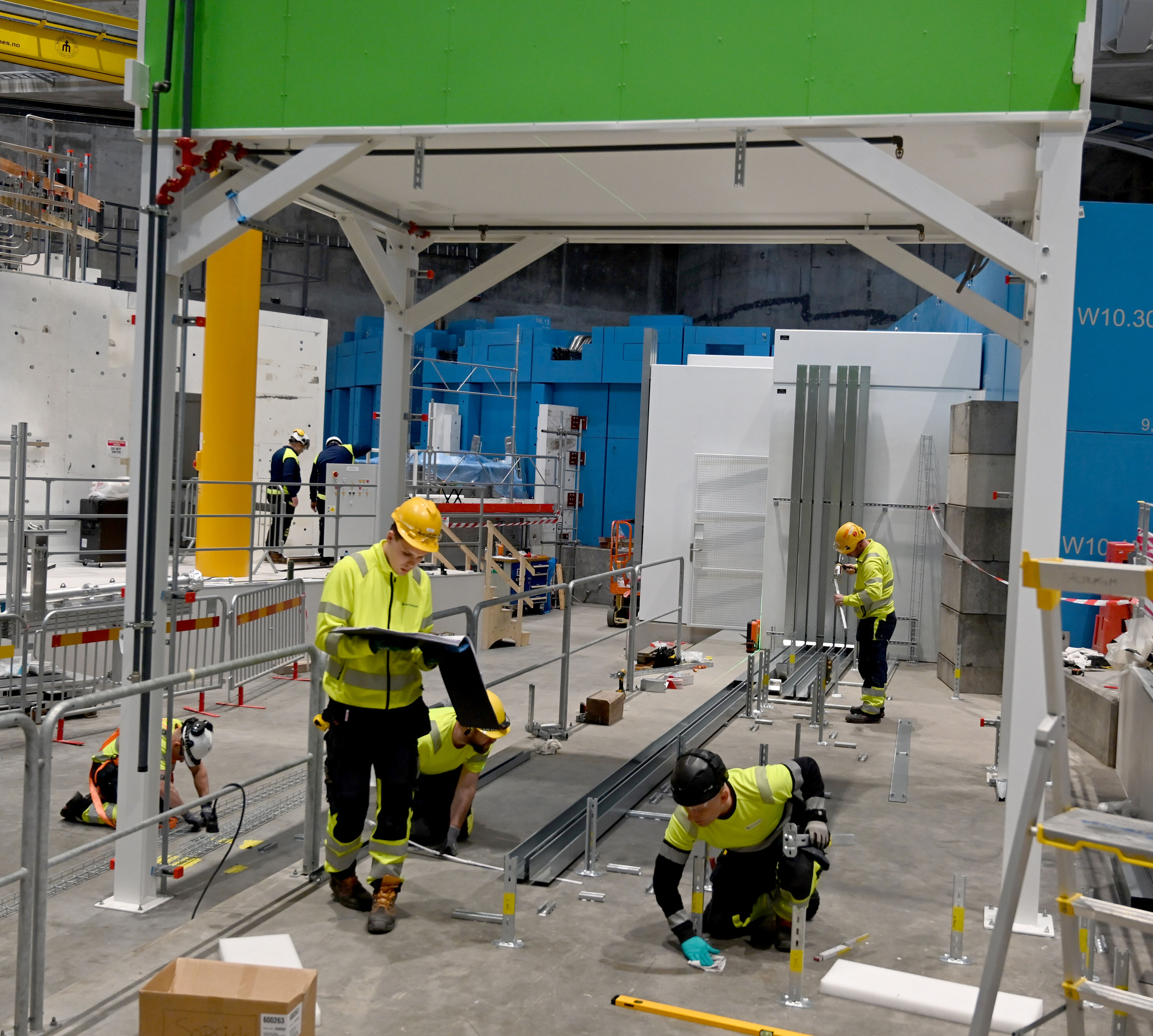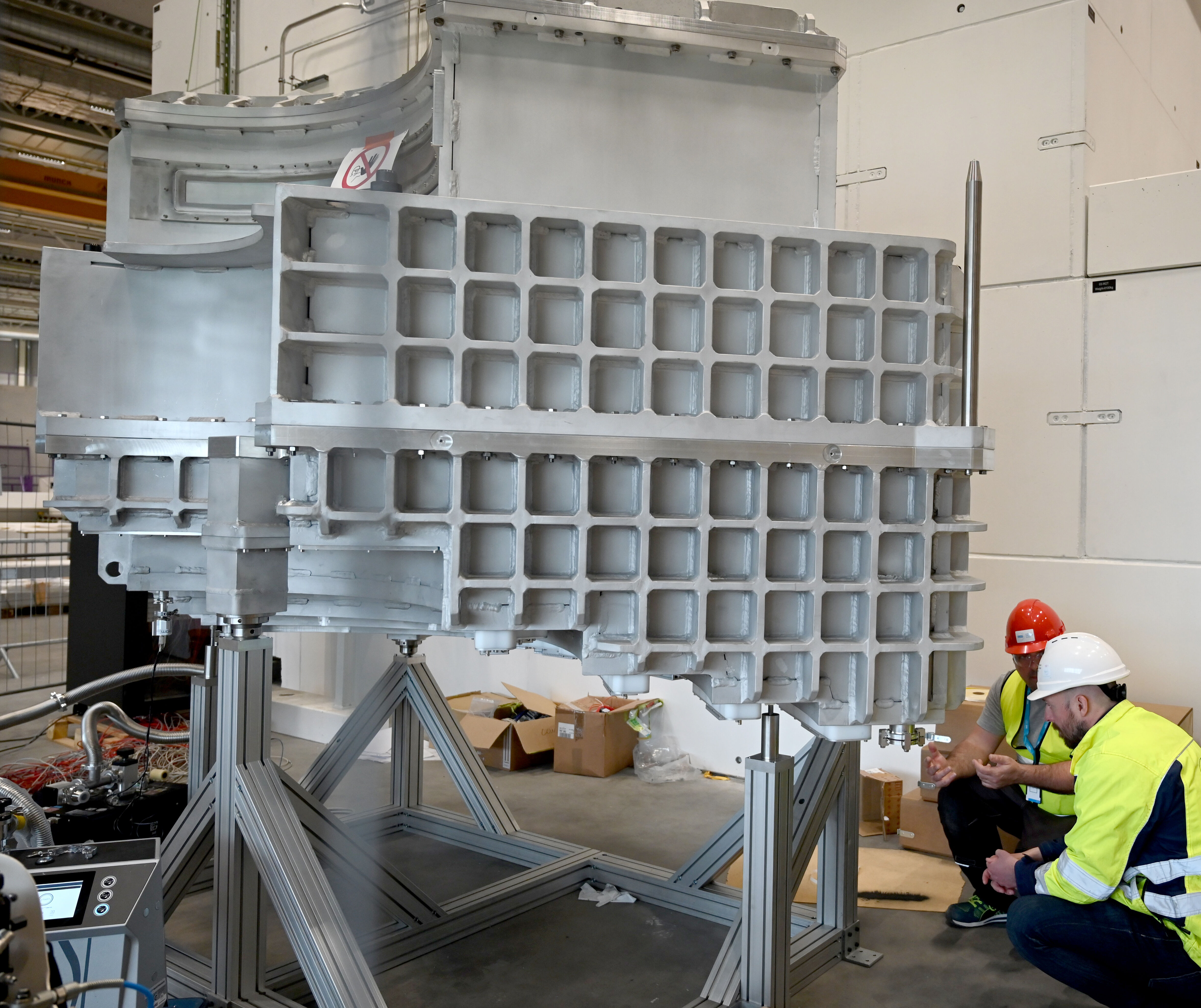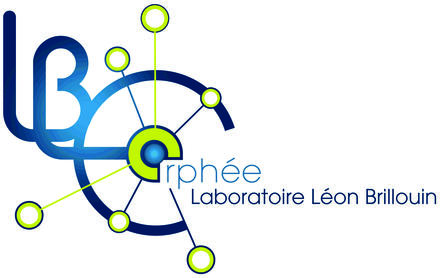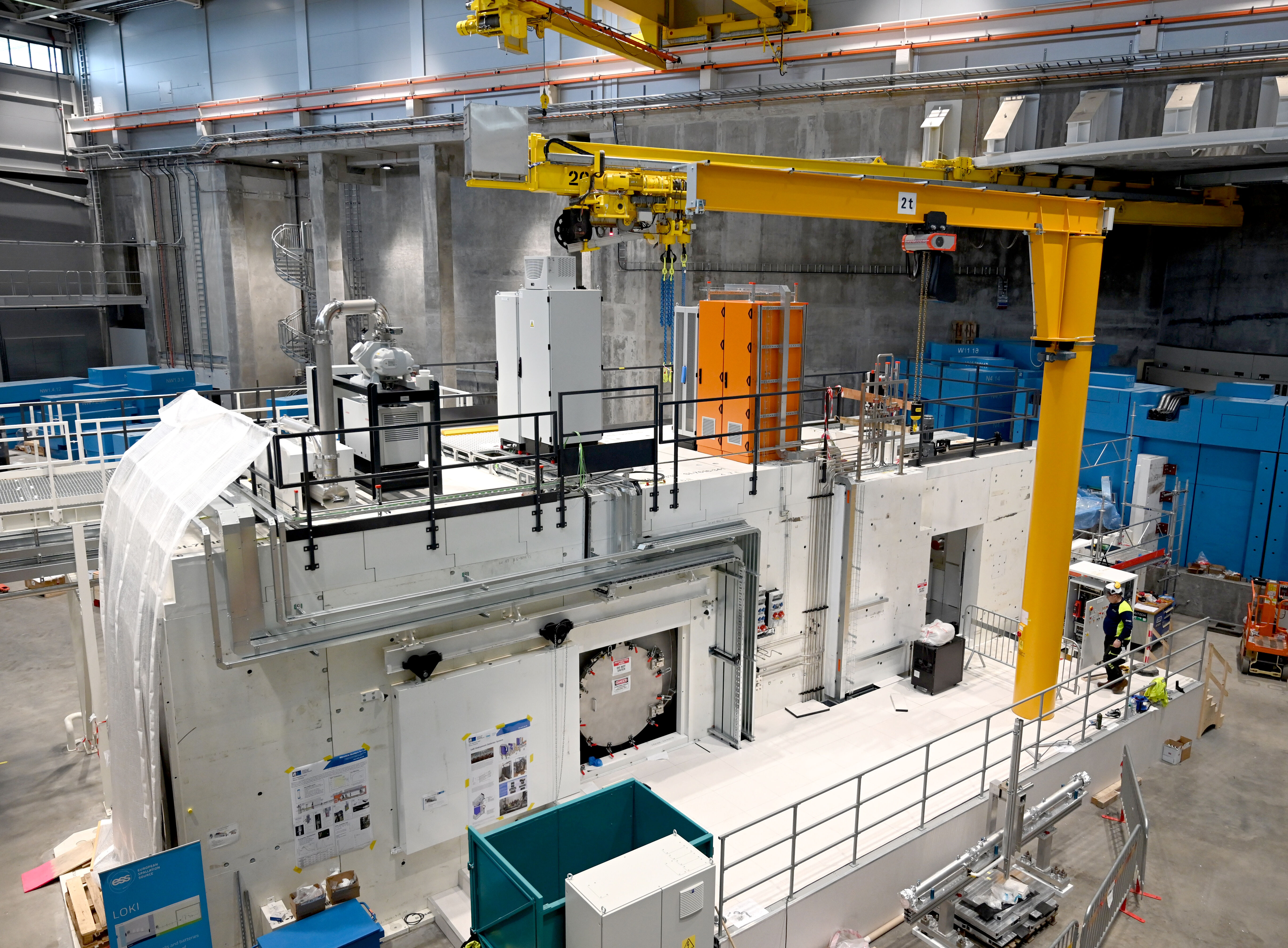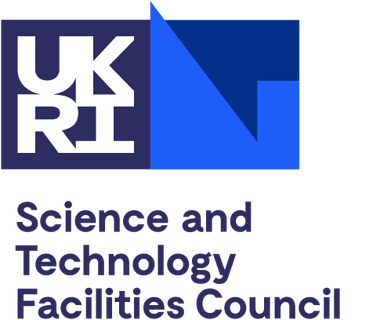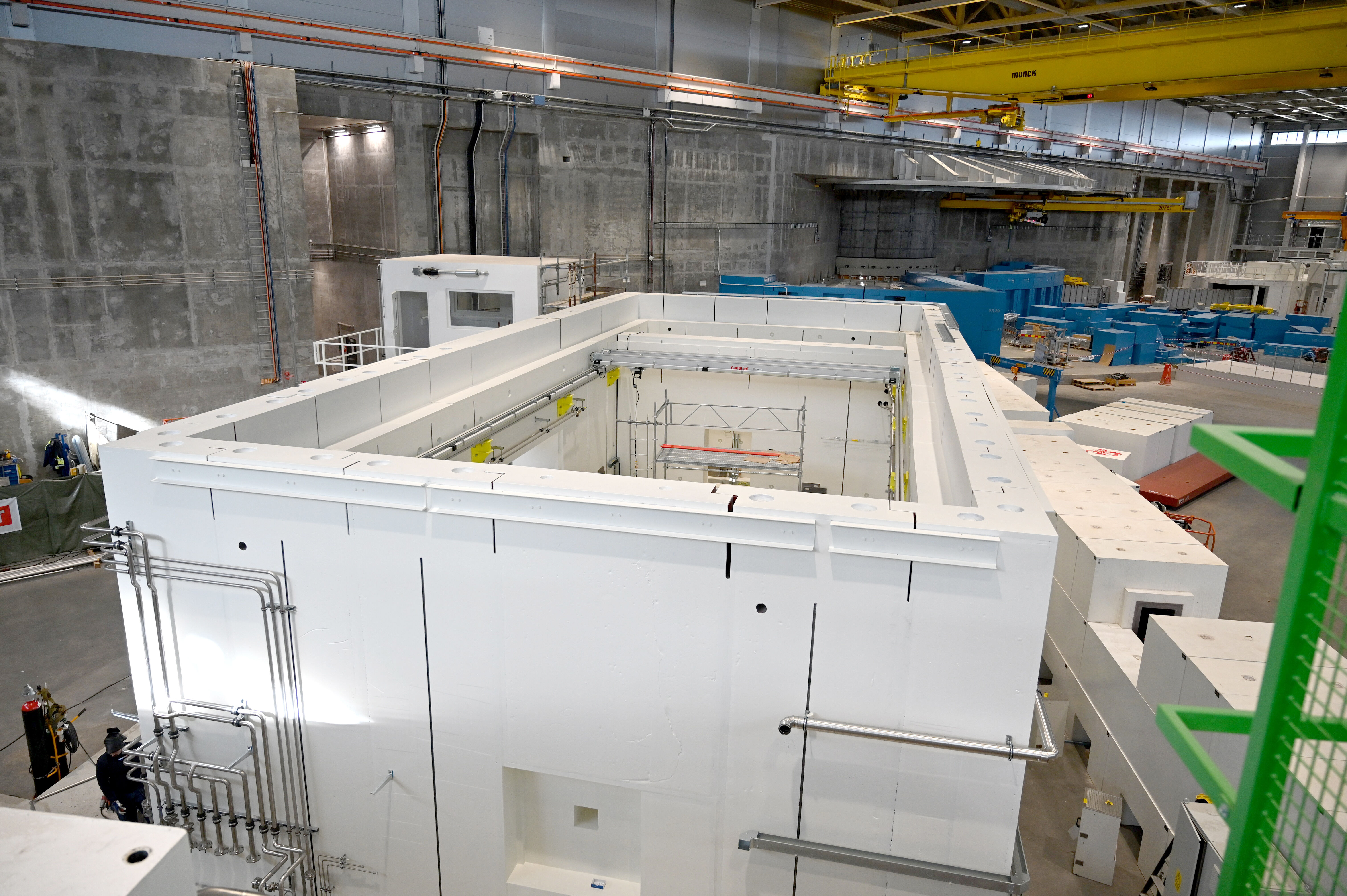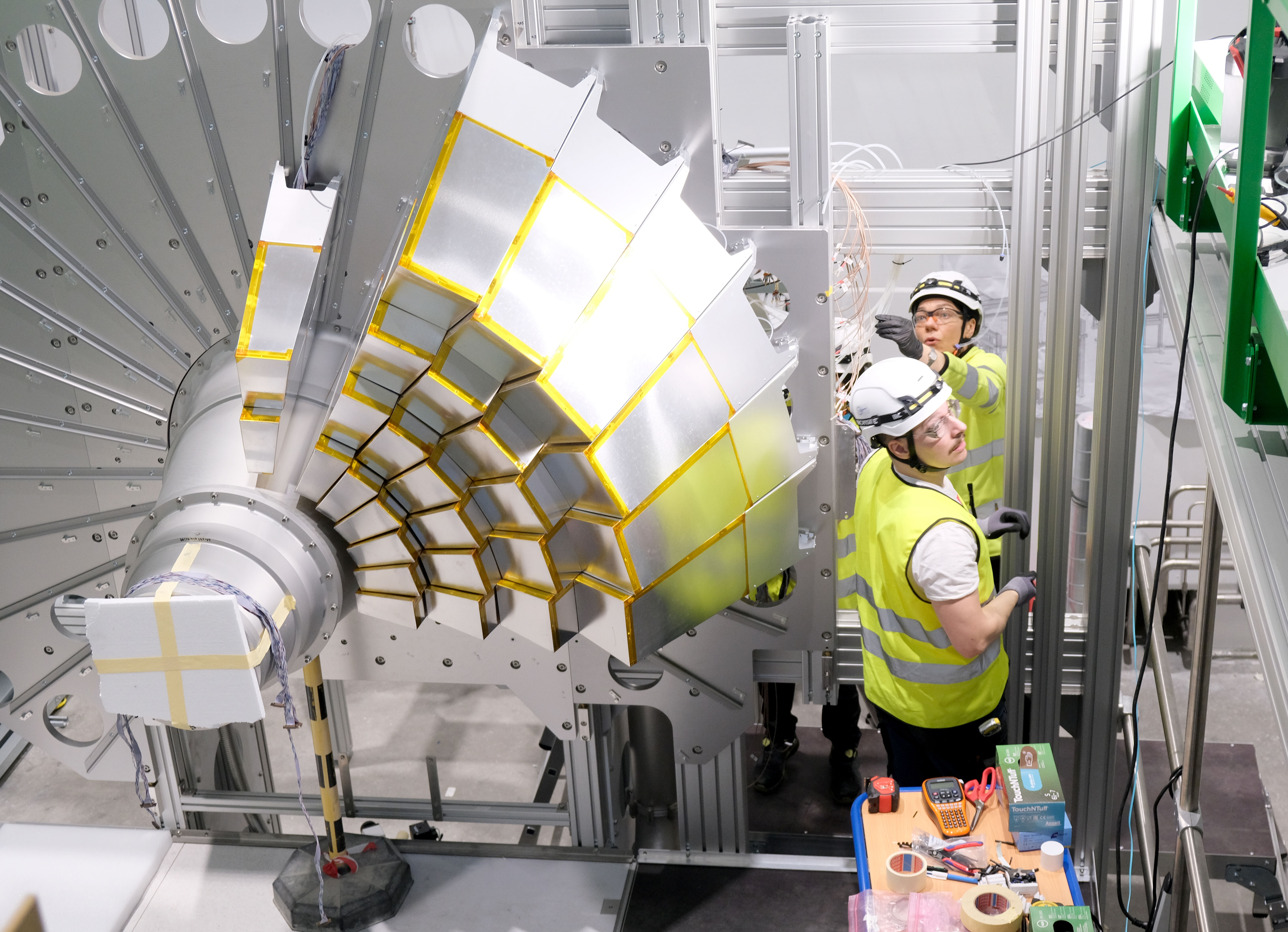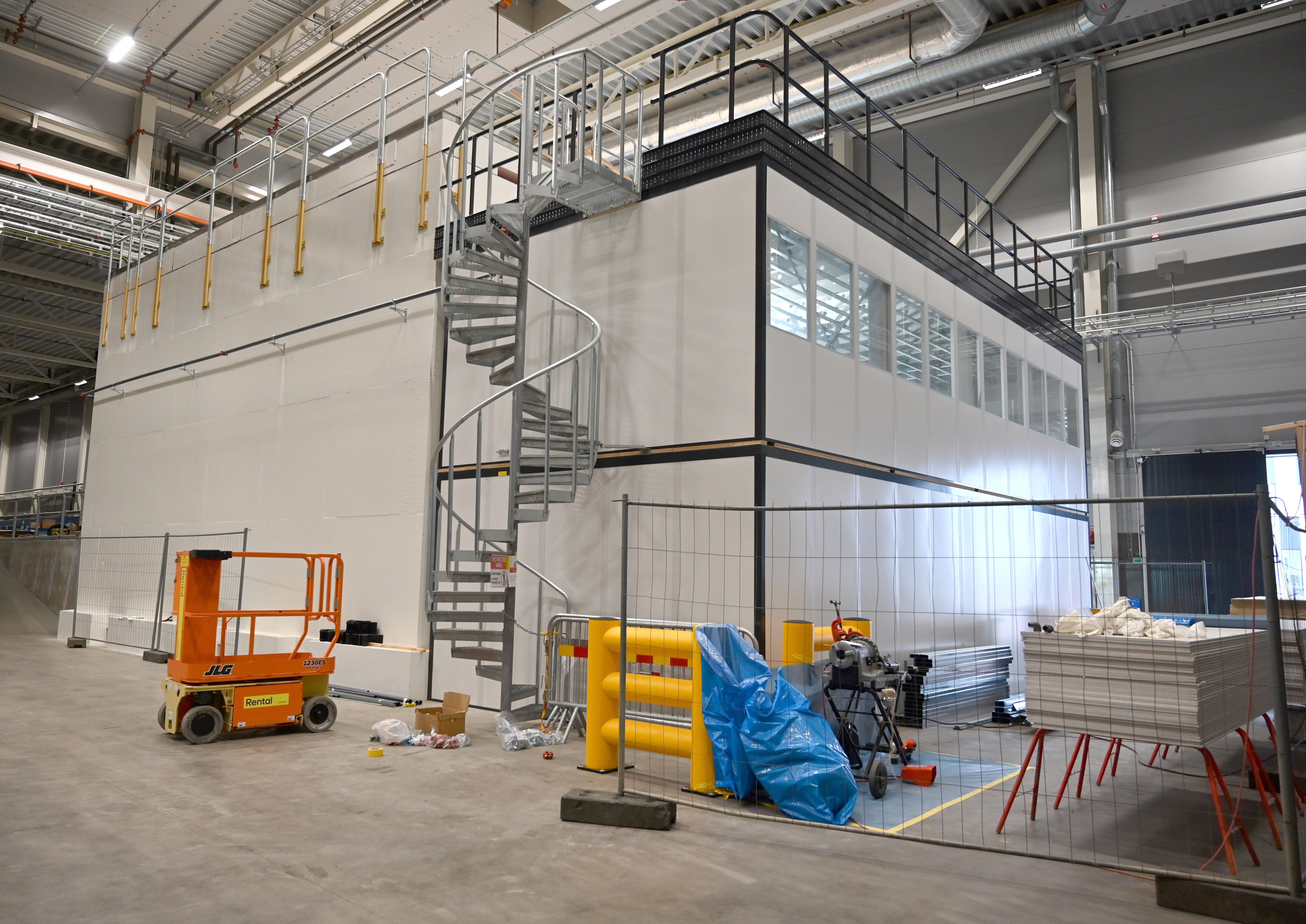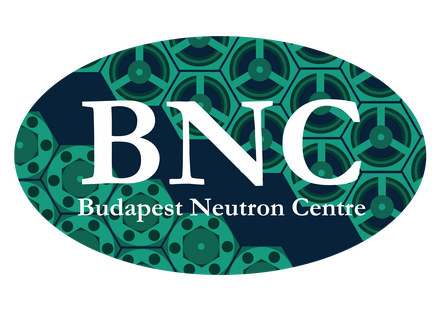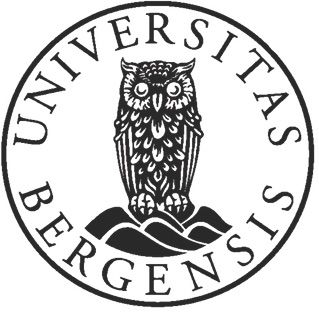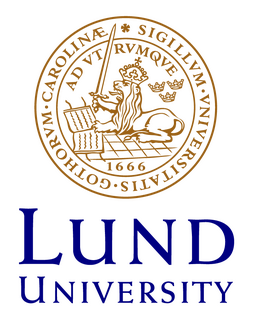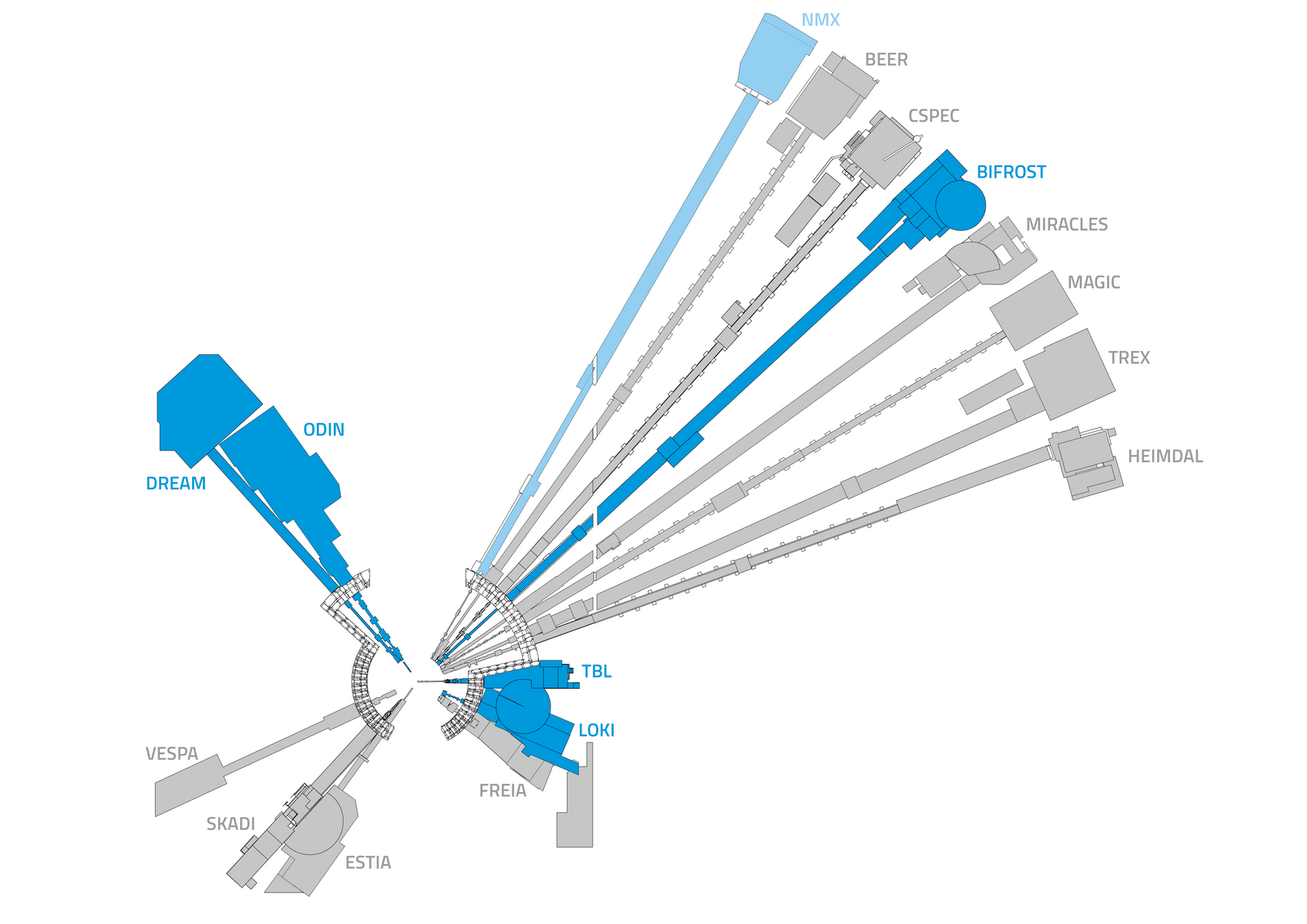
On the ESS site in Lund and at in-kind partner institutes across Europe, activities are underway to complete the construction, installation and testing of the first five scientific instruments to be ready for the start of neutron production.
Fifteen scientific instruments and a Test Beamline are in the scope of ESS at project completion by the end of 2027. These instruments are divided into three groups, with readiness foreseen at various stages of the project. Four instruments - LOKI, ODIN, DREAM, BIFROST, as well as the Test Beamline – will be ready for hot commissioning with neutrons when the facility reaches the Beam on Target milestone in the middle of 2025.
For all these instruments, progress is underway with BIFROST starting neutron detector installation, LOKI equipped with a cave, a collimation system, and a neutron guide, DREAM with the first set of detector modules in place, and ODIN with the entire design stage completed at the same time as an intense infrastructure installation phase is underway.
The plan is to have all four instrument stations and the Test Beamline fully installed by the end of this year, with commissioning activities starting in late 2024.
In addition, NMX is making good progress with the goal to be ready for when the Science Division starts the hot commissioning of the first set of Instruments in the last quarter of 2025.
Below is an overview of ongoing activities for each of the five first instruments and the Test Beamline at ESS:
Test Beamline (TBL)
The Test Beamline will be used to verify the first intentional neutron production at the Beam on Target milestone. True to its name, this instrument will be the hot commissioning test bench to analyse and measure the neutron beam coming out from the target and moderator assembly. The instrument cave and control hutch are in place, with infrastructure installations and cabling underway. The different detectors to be placed inside the cave are being tested at the ESS Detector Group's Source Testing Facility at Lund University as well as at several neutron user facilities (including J-PARC, TU-Delft, PSI and ISIS).
BIFROST
With the extreme environment spectrometer BIFROST, the dynamic response of complex quantum magnets and superconductors can be studied in detail, when subject to extreme sample conditions. This could lead to breakthroughs in IT and energy research, as well as aid the development of improved MRI scanners.
BIFROST is one of the eight instruments in Experimental Hall 3 and is the first of the long instruments to be prepared for early science. With a beamline of 160 metres, this puts extra effort and also excitement, to be able to launch this novel instrument to the scientific community at an early stage.
Last week, the installation of detector modules for BIFROST started. The 45 detectors are mounted three-by-three into 15 modules under a large vacuum tank. The detectors are a crucial part of the system as they are registering neutrons and their properties after having passed through the sample studied. They will collect this information and send it to the Data Management and Software Centre (DMSC), where the data is analysed and made available to the scientists.
BIFROST is built by: Technical University of Denmark (DTU) and Copenhagen University in Denmark, Laboratoire Léon Brillouin (LLB) in France, Paul Scherrer Institute (PSI) in Switzerland and Institute for Energy Technology (IFE) in Norway.
LOKI
LOKI, a Small-Angle Neutron Scattering (SANS) instrument, presents opportunities for research in fields such as soft matter, materials, and bio-science, with potential applications from improved solar cells to drug delivery vesicles. Its journey on the Road To Science is well underway, with an equipped cave containing a vacuum vessel and some of its detectors, in addition to a collimation vessel recently fitted with selectors and guides. Installations in the bunker are well underway, with the heavy shutter and a chopper assembly put in place.
LOKI is built by: Science & Technology Facilities Council (STFC), UK.
ODIN
Thanks to its flexibility, the imaging instrument ODIN will play a crucial role in a broad range of basic and applied sciences. This includes the future development of new materials for engineering and energy, spanning from soft materials to metals and cemented carbides. ODIN will also contribute to the advancement of 3D printing technology and novel manufacturing techniques, which will find applications in areas such as spacecraft components and medical implants, and it could facilitate the first 3D investigations of samples to be returned from Mars as part of the Mars Sample Return mission campaign.
In focus for the ODIN project is to get the infrastructure installations ready, install and test the nine choppers and then mount the roof, doors and beam stop in the cave. Last week marked an important milestone for ODIN, as all the final design documentation was completed.
ODIN is built by: Technical University of Munich (TUM) in Germany and Paul Scherrer Institute (PSI) in Switzerland.
DREAM
The powder diffractometer DREAM could help solve challenges around magnetism, to explore areas like nanoscience, batteries and behavior of materials under extreme pressure, temperature and magnetic fields.
DREAM has recently been equipped with the first set of detectors and will see the sample area installations ramping up. DREAM, as well as ODIN, have had their neutron guide installations completed, from bunker to cave.
DREAM is built by: Forschungszentrum Jülich (FZJ) in Germany and Laboratoire Léon Brillouin (LLB) in France.
NMX
Macromolecular Diffractometer NMX is designed to explore biological systems with the ability to exactly pinpoint hydrogen atom positions. This will open new capabilities for studies of proteins, with the aim of developing better medicines, understanding metabolism and more.
NMX was one of the first instruments to be equipped with a cave, with construction starting already in 2020. Since then, the long beamline from the bunker to the cave has been built and right now infrastructure installations in the adjacent control hutch are underway.
NMX is built by ESS in collaboration with: Wigner Research for Physics, MTA EK Centre for Energy Research and the Budapest Neutron Centre in Hungary, Laboratoire Léon Brillouin (LLB) in France, University of Bergen in Norway and Lund University in Sweden.
Later Instruments
The instruments in groups 2 and 3 are planned to be completed before the facility goes into steady state operations in 2028.
Right now these instruments are undergoing a replanning exercise with the ESS Neutron Scattering System (NSS) division and all involved in-kind partners participating. This will be concluded this summer.
The instruments in groups 2 and 3 are:
ESTIA, SKADI, BEER, MAGIC, FREIA, HEIMDAL, TREX, CPSEC, MIRACLES and VESPA.
To learn more about how ESS will provide great opportunities for novel discoveries for the science community of Europe and the world, and how we are progressing on the Road To Science, follow us on Social Media:

























